The drone market is expected to surpass $101.1 Billion by 2032, and while military applications continue to dominate, commercial applications – parcel deliveries, remote safety inspections, environmental monitoring etc. – will make up a substantial part of that revenue.
In light of this anticipated growth in drone usage, we wanted to discover if people felt more or less comfortable about commercial vs. military applications, and whether the benefits outweighed their reservations. In March 2024, we surveyed 500+ American adults, and compiled the results in this eBook.
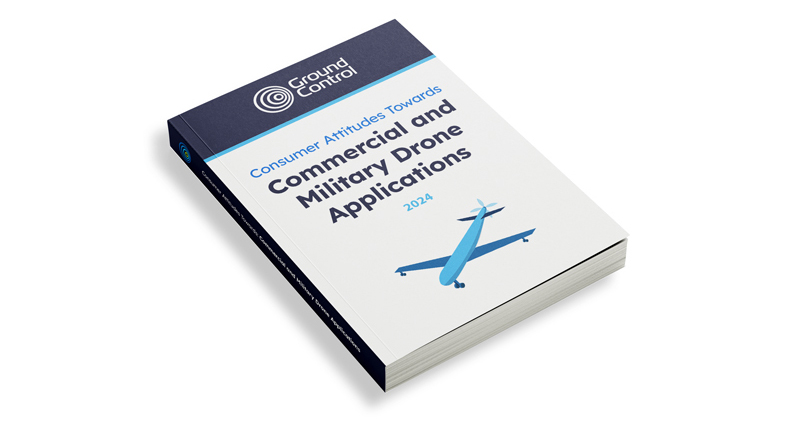
What surprised us about the data
Two surveys from 2021 which engaged European audiences suggested that we could anticipate a broadly positive response. These surveys indicate that 68% of British citizens believe that drones will positively impact their lives, and 83% of EU-based respondents are positive about the use of drones in cities.
Our survey was more nuanced. Overall, 55% of respondents supported commercial drone applications, and 57% supported military drone applications. This is a more conversative response than previous studies, but what was particularly interesting was how much variation there was in the results. People in different household income, age, and industry groups held, in some cases, quite dramatically different views.
55%
Supported commercial drone applications
57%
Supported military drone applications
65%
Had concerns about drone hacking / interception
32%
Felt that drones were environmentally friendly
Which demographics are most likely to support military applications?
We offered two options for military applications: “passive”, which we defined as surveying and monitoring, and “active”, defined as identifying and destroying targets. The average result was 59% in favor of passive military drone applications, and 54% in favor of active applications.
This materially differed when the data was refined by demographic. Those in with household incomes over $100,000 p/a were more likely to approve of both passive (72% approval) and active (69% approval) military applications. Men were also more likely than women to support these use cases, with 63% approval for both from men, vs. 55% and 48% from women.
The larger deviations from the norm came from people working in Education & Research and Healthcare, and the under 30s, all of whom were less likely to support military drone applications – particularly active.
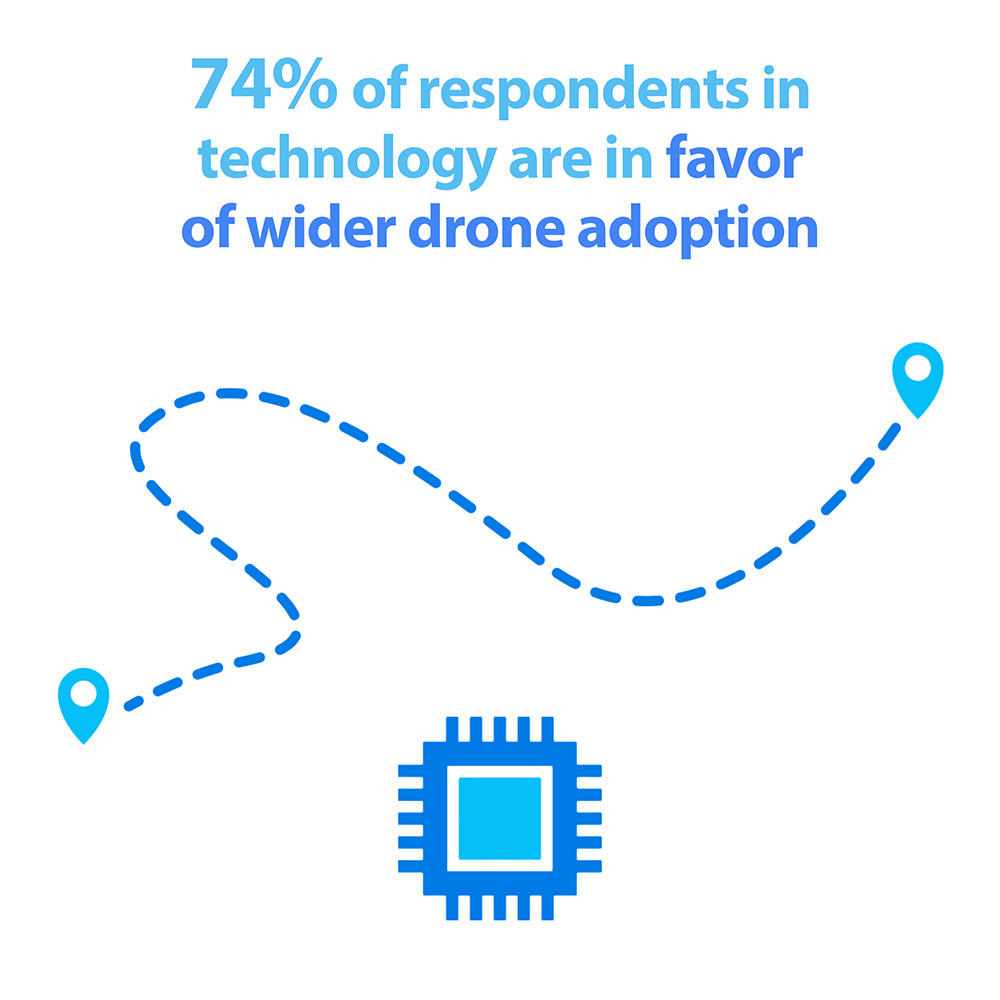
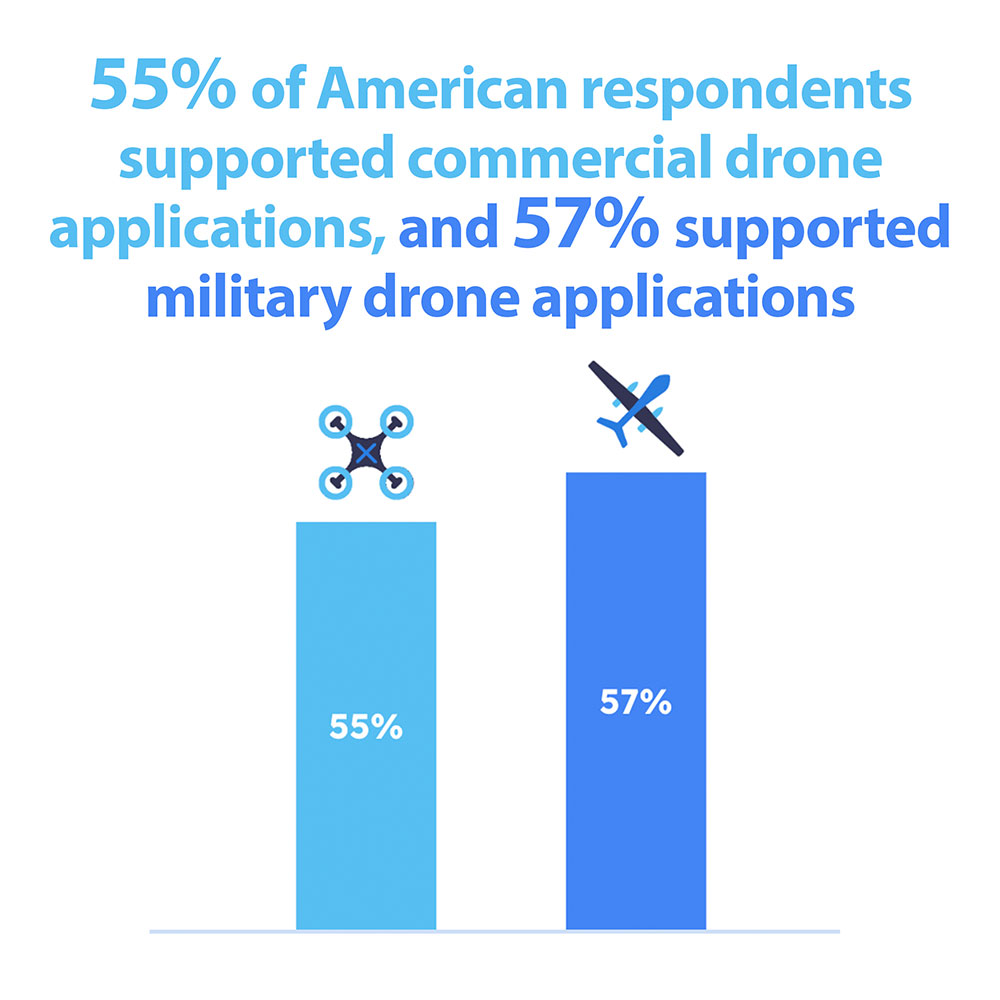
Who is most likely to support commercial applications?
We divided commercial drone applications into five: Parcel Deliveries, Prescription Medicine Deliveries, Remote Safety Inspections, Environmental Monitoring, and Emergencies.
Opinions ranged from just 37% in favor (medicine deliveries) to 72% in favor (emergencies). Departing substantially from the average results were people working in Technology, who were more comfortable with drones being used across all commercial applications listed, but particularly positive about remote safety inspections – 72% in favor vs. 58% average.
People working in Healthcare were the most opposed to drones being used for prescription medicine deliveries, at just 18% in favor, and 58% opposed.
What concerns do Americans have about drone usage?
The biggest concern our respondents had was security – the possibility that drones can be hacked or intercepted. This view was most strongly supported by people working in Technology, of whom 76% cited this as a concern.
54% of respondents cited privacy – concerns about the information drones can capture and store – as a concern, and this rose to 62% for people working in Education & Research.
Fewer respondents were concerned about the potential for job losses – just 27% – but this rose to 38% for people working in Healthcare, possibly correlated with their discomfort around prescription medicine deliveries.
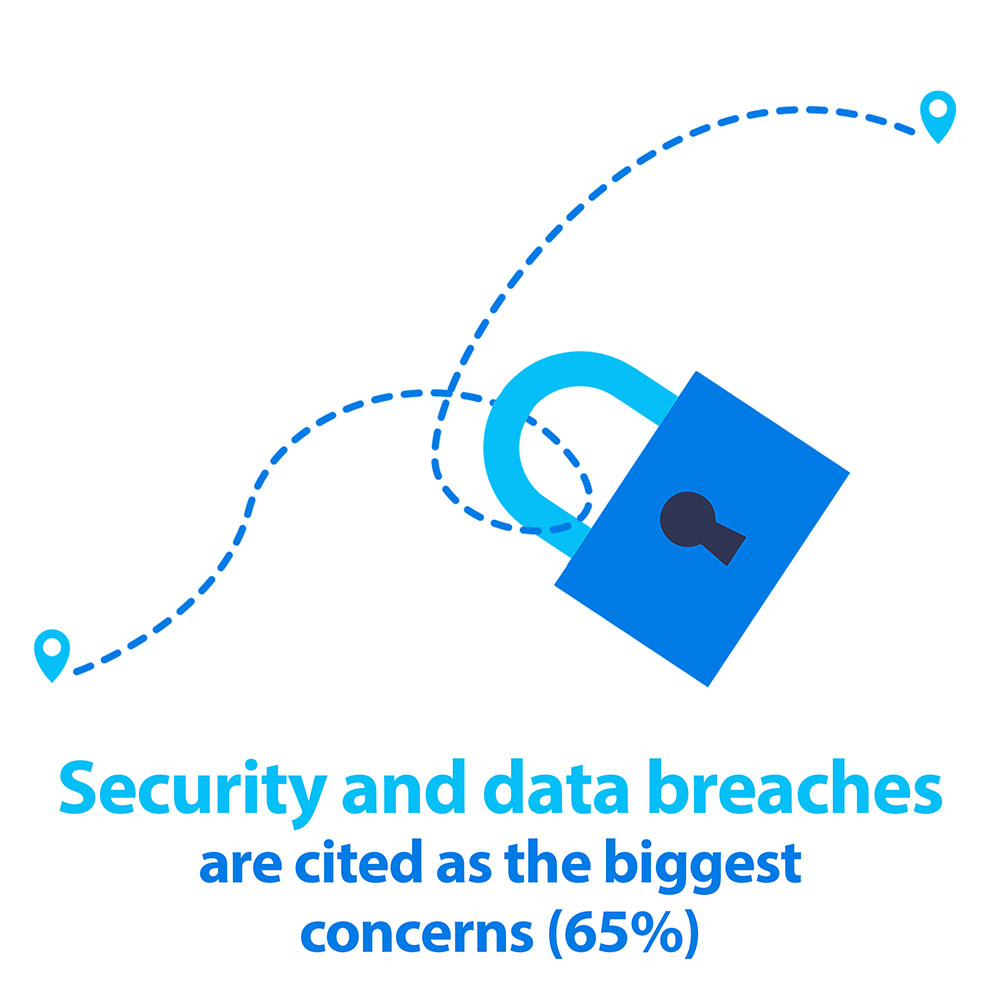
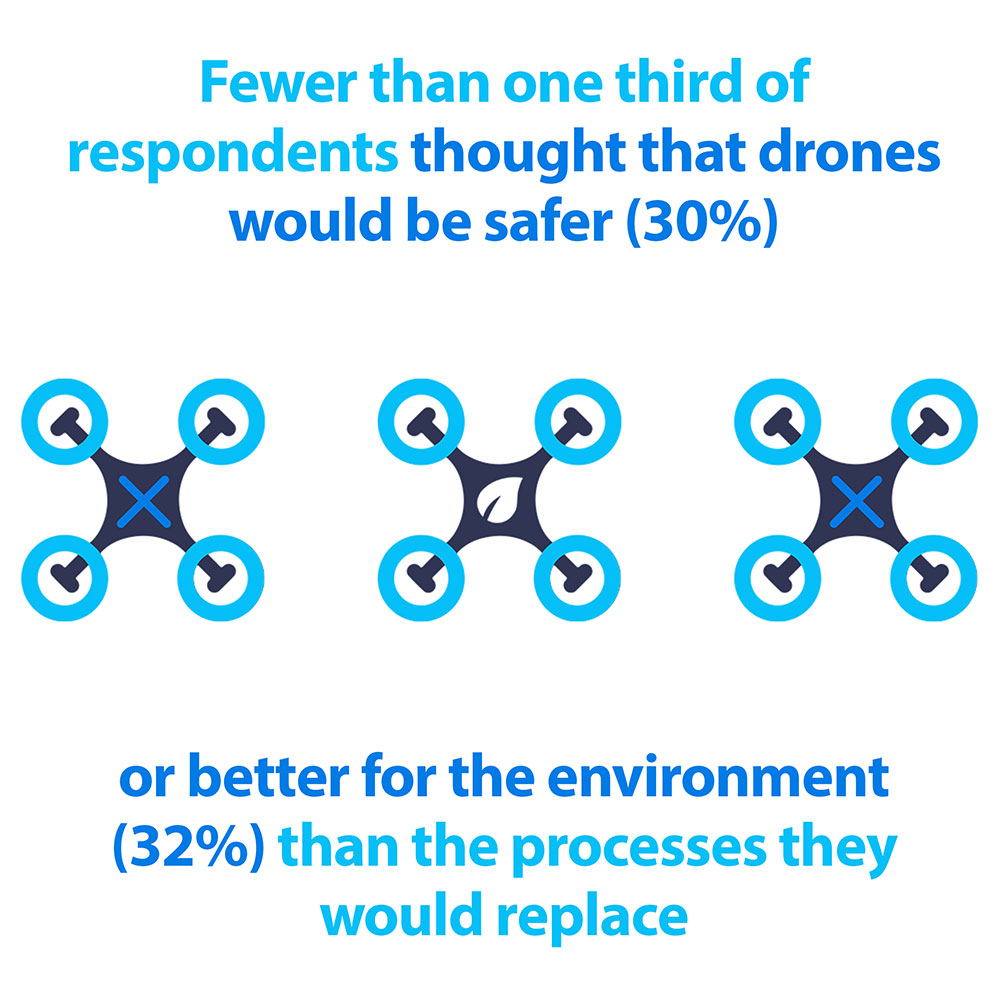
What benefits do Americans perceive can be derived from drone usage?
People were pretty reserved in their responses to this question, with no single option getting selected by more than half of respondents. The most popular response was ‘Faster Deliveries’, at 49%, followed by ‘Lower Cost’ at 38%.
The over 60s departed from the average here; slightly more saw the cost-saving benefit (42%) but only 38% thought deliveries would be faster, and only 22% thought that using drones would be safer than the processes they replaced (vs. 30% average).
Fewer than a third of respondents thought that drone usage was better for the environment, which was a surprise; analysts have reported that drone-based applications could reduce global greenhouse gas emissions by as much as 2.4 gigatons by 2030.
Leading us neatly on to…
What can the drone industry learn from these results?
While regulation remains a significant barrier for wider adoption of commercial drone applications, it will be overcome: market forces demand it. Solutions for the challenges of communication and collision avoidance already exist, and the industry received $4.8 billion in investment in 2022 alone. And at least from the operators’ perspective, the benefits, both projected and empirically demonstrated, outweigh the drawbacks.
But our respondents were, for the most part, cautious in their responses, particularly the over 60s, people in lower income households, and people working in Healthcare and Education and Research. Put simply, companies planning to deploy drones should consider how they communicate the benefits and address the concerns of citizens – particularly in applications that could directly affect their day to day lives.
How Can We Help?
Ground Control delivers satellite IoT modems that allow drone operators to remotely command and control UAVs, USVs and UGVs. We use the global Iridium satellite constellation, which is well suited to mobile, low latency, high-reliability use cases.
If you’re a drone manufacturer and would like to know more about our connectivity options, please complete the form, or email hello@groundcontrol.com; we’d love to talk.
